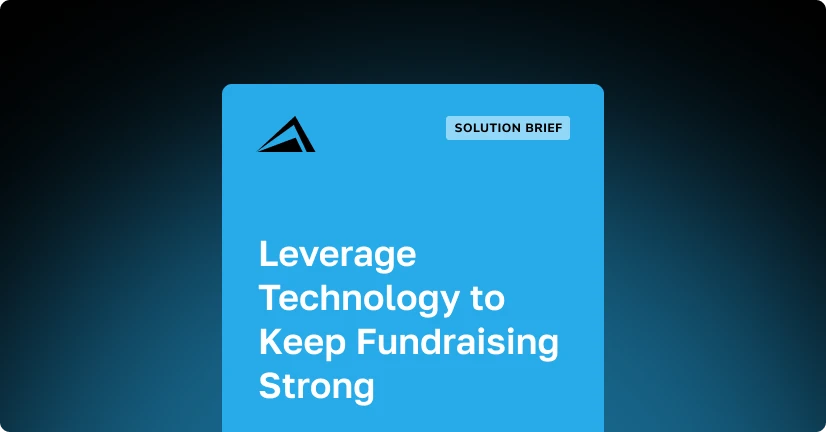Step 1: Choose a technology partner that understands your business.
The first step in our process is to understand your business. While we’re experts in software implementation for private equity, each firm is unique. You’ll want to customize the software to mirror your specific business processes.
When you’re selecting a data management system and/or a software implementation technology partner, it’s critical to work with a team that understands your industry and has implementation experience from projects with many other fund managers.
It’s equally important to understand every software implementation is unique. It’s necessary to spend the time in the beginning tasking the right questions and really set the framework for your tech stack.
Step 2: Formulate a data strategy for your software implementation.
While it’s tempting to jump right into implementing new technology, you need to take the time to focus on the underlying problems that private equity software is meant to solve.
Taking the step to formulating your data strategy before the software implementation process ensures that the solution you purchase will be properly implemented and configured to solve your specific data problems and to produce the insights your team needs.
Identify the specific problems you need to solve by answering the following questions:
- Which parts of your operation would be best served by enhanced data management capabilities?
- Who are the stakeholders who will benefit from a data strategy? How will they benefit? Why will the strategy benefit them?
- Where are there problems in your ability to generate and capture data?
- Which processes could be streamlined by or be better-informed by data?
- What data would you like to have but don’t currently?
- Where could technology be used to address internal processes that may be generating data that isn’t currently captured?
- Where and how do you currently store data?
- How usable is your data in its current format?
- Who do you depend on to make your data usable?
Step 3: Implement, test, and refine your solution.
Now that your internal team and technology partner has a clear plan for how the data in your new software is going to be used, it’s much easier to successfully install and configure the system for your team’s needs.
Depending on the type of private equity CRM you’re working with and the level of customization needed, this step could take anywhere from days to weeks. During this time, it’s important to start communicating the changes the software implementation will create to members of your organization, particularly those that it will impact.
You will want to work with a technology partner that has experience in the type of software implementation you’re executing and that has extensive project management experience.
If they have that kind of background, they will lay out timelines and key milestones to ensure that the project moves forward efficiently.
As the software implementation comes to a close, your technology partner and implementation team will need to test the software to ensure it’s set up properly and that workflows are behaving as expected. This usually involves “dipping a toe” into the data to see how it reacts in the system, then refining configurations as needed.
The effective software implementation will involve working with small segments of your data first, rather than simply turning the system on and letting it run.
This ensures that everything is functioning smoothly, there are no “breaks” in the data management workflows, and that you can pull from the system any information or reports you need.
Step 4: Conduct employee training and promote system adoption in your software implementation
Many organizations tend to think that software implementation ends once the solution goes live and there is evidence that data is being passed through it successfully.
But don’t underestimate the need for team communication and training as the system is being rolled out. There is no substitute for having actual users “bang on” a system and place the kinds of demands on it that they will in typical work scenarios.
Training that is personalized for your team is much better for promoting user adoption than generic training. Customized sessions help people understand how they will use the system in their everyday work, and makes them more productive from day one.
It also helps ensure that employees put “clean” data into the system when they use it so that the software continues to work properly for your organization. You want the solution to deliver the same amount of value years from now as it does today!




